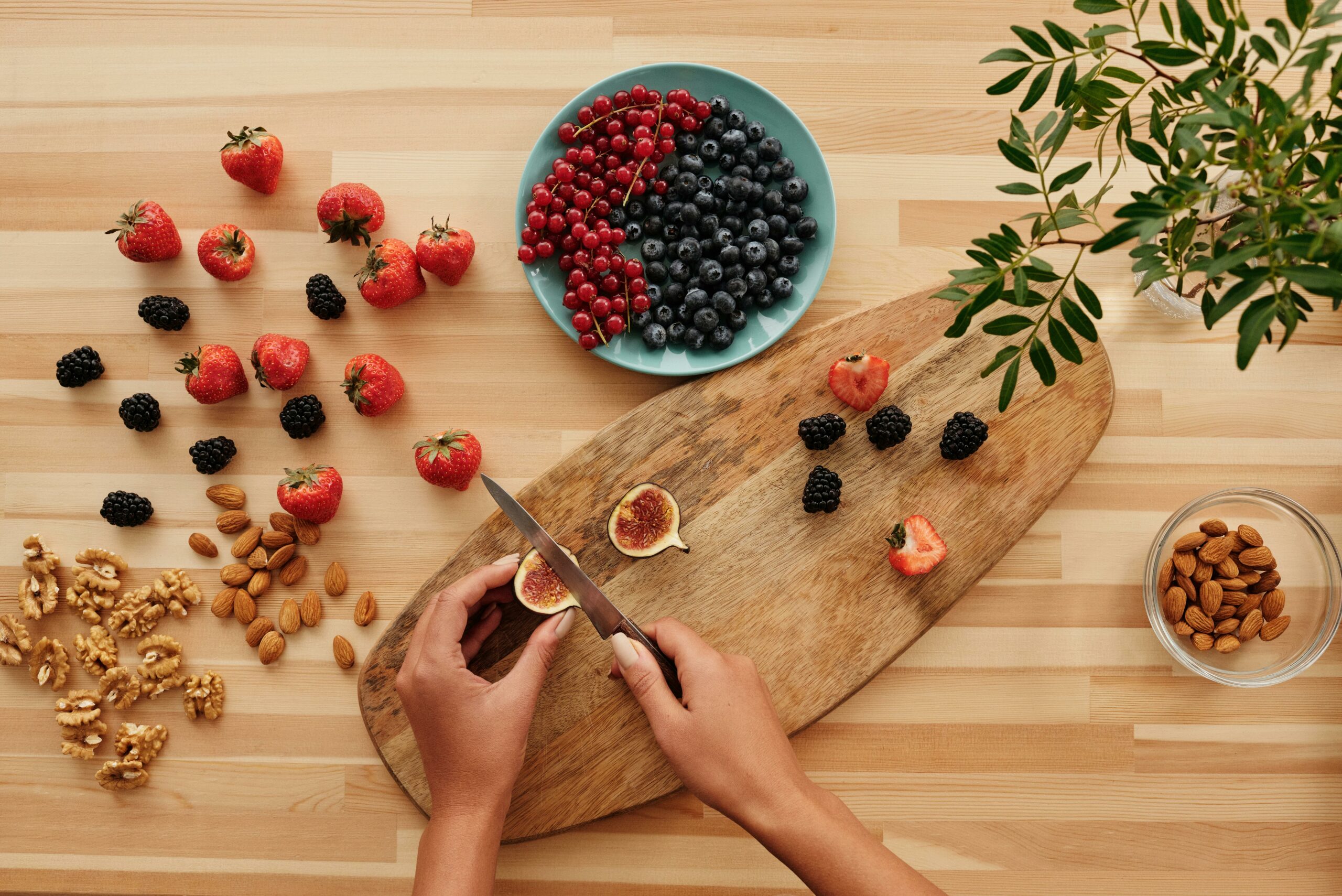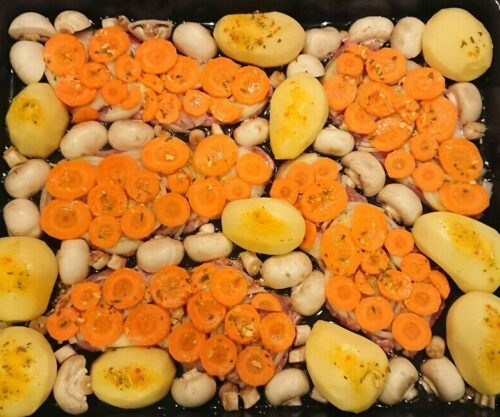
Cross-contamination is one of the leading causes of food-borne illnesses, and it can happen easily in a home kitchen if you’re not mindful. Whether it’s raw meat juices dripping onto fresh vegetables or using the same cutting board for different food types, even small oversights can compromise food safety.
The good news? With a few intentional practices, you can significantly reduce the risk of cross-contamination and protect your household. Here’s how:
Use separate cutting boards
Designate specific cutting boards for different food groups:
- Raw meats
- Vegetables and fruits
- Cooked foods or ready-to-eat items
Use colour-coded boards (e.g., red for meat, green for produce, blue for fish) to make this easy to remember and implement. This prevents raw meat bacteria from transferring to foods that won’t be cooked further.

Clean as you go
Always wash your hands, utensils, and surfaces immediately after they’ve been in contact with raw meat, poultry, or seafood. Warm, soapy water is a must — and don’t forget to sanitize frequently touched items like sink taps, cupboard handles, and fridge doors.
Mind the marinades
Never reuse marinades that have touched raw meat, poultry, or fish unless you boil them first. Instead, if you need a sauce for basting or serving, set aside a clean portion of the marinade before adding raw proteins.
Store food correctly in the fridge
Raw meats should always be stored on the bottom shelf of the fridge in sealed containers. This prevents any juices from dripping down onto other foods, especially fresh produce or leftovers.
Use different utensils for cooking and serving
Don’t use the same fork or tongs for turning raw meat and then serving it. Always switch to clean utensils once food is cooked to prevent bacteria from re-entering your dishes.
Wash dishcloths and sponges regularly
These kitchen essentials can harbor harmful bacteria if not properly cared for. Wash dishcloths in hot water daily and replace kitchen sponges every 1-2 weeks. Microwave your damp sponge for one minute every couple of days to kill bacteria — just make sure it doesn’t have any metallic parts!
Don’t forget about produce
Rinse fruits and vegetables thoroughly before cutting, even if they’ll be peeled. Bacteria on the skin can transfer to the inside during slicing. Use a separate colander and avoid placing clean produce back into the same container that held unwashed items.
Invest in a food thermometer
Undercooked meats are a major health risk. Use a thermometer to ensure internal temperatures are safe:
- Poultry: 74°C
- Ground meat: 71°C
- Fish: 63°C
Avoid countertop thawing
Never thaw meat on the counter. Instead, use the fridge, a sealed bag in cold water (changing the water every 30 minutes), or the microwave. Room temperature provides a perfect breeding ground for bacteria.
Food safety starts with awareness and a little extra care. By developing habits that prioritize hygiene and separation, you’ll not only reduce the risk of cross-contamination but also create a cleaner, healthier cooking environment for you and your loved ones.
Small shifts in your kitchen routine can make a big difference. Start with one change today — your future self (and stomach) will thank you!
Written by Amy Steenkamp
First published on Woman & Home




